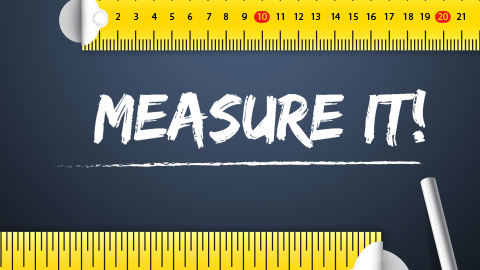Hey there, thought leaders! Ready to level up your digital content game and make some…
3 Tips and a Trick for Building Awesome Assessments
Whenever I check Facebook, my feed seems cluttered with surveys asking questions such as “Which Game of Thrones character are you?” or “What house of Westeros do you belong in?” This clickbait tempts us. If we simply answer a few questions, then in a just a few moments we’ll learn whether we’re Arya Stark, Sandor Clegane, or Cersei Lannister. And whatever the result, we’re likely to smile and say “that’s me!”
These surveys are the latest iteration of ancient diversions, including horoscopes, fortunes and even the Magic 8-Ball. As long as the results contain a few vague favorable elements, we’re likely to see ourselves within the description—no matter how the results are generated. It’s called the Barnum Effect.
Assessments aren’t just popular on Facebook, they’re frequently used in organizations for critical tasks such as selection and talent development. However, a lot of developmental assessments organizations use simply aren’t effective and deserve an FDA black-box warning label that says “For Entertainment Purposes Only.”

Many thought leaders want to offer some form of developmental assessment within their program. While it’s easy to fool individual consumers with an assessment based on the Barnum effect, organizational customers have become a lot more sophisticated. Here are four questions you should be prepared to answer when organizational buyers ask about your program’s developmental assessment:
A Study in Psychology
In his classic 1948 study, psychologist Bertam Forer asked his students to take a personality test, but he provided the same “report” to every student. Each student was asked to rate how well the analysis described them. On average, students rated their analysis as 85% accurate. Likewise, it’s easy to read a horoscope and learn fortune will be coming your way, or that you undoubtedly belong in House Stark. Telling people what they want to hear might make for easy meetings, but it won’t solve any organizational issues in the long run, and believe me, Winter is coming.








